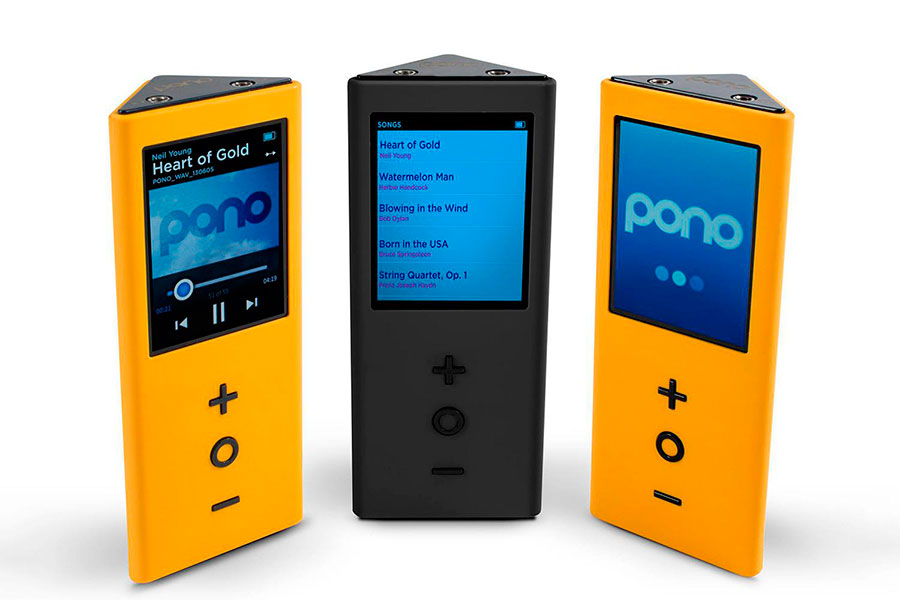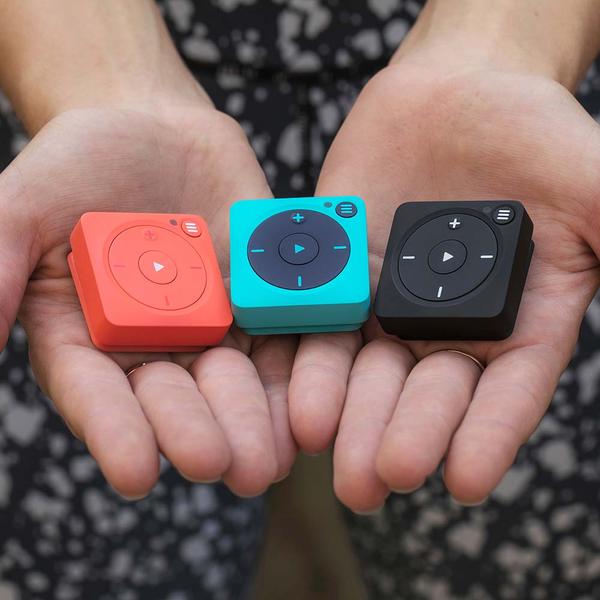How to Build a Niche Marketing Strategy
Big-tent marketing strategies are now less common than a niche marketing strategy – here, we’ll explain why, and what you can do about it.
One of the new trends in digital advertising that we mentioned in our guide was the increasing fragmentation of marketing.
It’s now highly likely that leading brands will have a marketing department that is constantly working on ads targeted to specific groups of people. The way the social internet is structured means that most content is distributed to people by algorithms.
Hence it’s likely that the ads people see, as with recommended videos on YouTube, for example, will be based on interests they have already expressed through their previous viewing habits.
In other words, if people read articles about makeup, and go on Google to find makeup in online stores, and watch makeup tutorials on YouTube, it’s likely they will see makeup ads, but not only that, they will see makeup ads that are targeted at their age range and social background.
This is how things are broken down these days, and it’s important to identify who you want to see your ad, and what you want their reaction to be. In other words, you need a niche marketing strategy.
What is a Niche Market?

A niche market is part of a wider market, with specific preferences and interests that are often more specialised than those of the main market.
Want to take your niche marketing strategy to the NEXD level?
Take advantage of our powerful tools, and turn your static ads into ecstatic ads!
How Do You Get to Know a Niche?
It’s really important to understand the people you’re marketing to.
In our Digital Advertising Guide we discussed a few reasons why this might be so, including marketers simply not being from the demographic they are promoting to, and so lacking the perspective needed for a good campaign.
One crucial factor in marketing to a niche, then, is to conduct plenty of prior research. There are various ways to do this. You can distribute surveys, A/B test, or put together focus groups.
You may also wish to conduct in-depth interviews with individuals from the targeted group – though obviously this provides anecdotal, rather than broad, evidence of any trends.
Which data-gathering method you use will depend on the kind of information you need – is it stories and inspirational ideas for your campaign, or is it hard evidence of the preferences of a section of the population? Think about this before embarking on your campaign.
Of equal significance to your campaign is what you will ask them. For example:
- What do they do on a day off?
- What do they enjoy or not enjoy about work?
- What websites, blogs, and YouTube channels do they visit?
- What are they interested in knowing more about?
- Are they in any clubs or social groups?
- Are they politically active?
You will probably have a whole load of additional questions you want to ask. The more you ask, the better a picture you build up of who the people are that you’re advertising to, and how they think and act. You’ll put together a much better campaign if you’re well-versed on what people want from a product.
Of course, if what you’re selling is a true niche product, it may be that people don’t know they want it – this is fine, but you need to adjust your questioning accordingly, to encourage interest.
How Much Competition is There?
Is the niche you plan to enter actually a worthwhile one? There are great, and not-so-great, niche market examples. If you’re entering a saturated marketplace – one where there is more than enough of a specific product – you’re not entering a profitable niche.
That’s why you should ensure that the market sector you enter is not too crowded. If you’re marketing a new music player, what’s different about it? Why should people buy it instead of just playing songs off their smartphone?
There are multiple examples of companies who have entered the music playing marketplace with new devices – while you can argue whether or not they are exploiting a worthwhile, long-term profitable niche, and some of them, like Pono, were not able to exploit that niche, others, such as Mighty, are still fighting it out and doing their best to stay alive in an incredibly tough marketplace.
Both of the mentioned music players were crowdfunded, through Kickstarter, and both were brave attempts to exploit a gap with niche market products.
The point is, they saw a gap in the market, and attempted to exploit it with standalone products – the problem in this case being the resistance of the music industry to new content delivery platforms, and of consumers to yet another product to buy.

The Pono music player (photo: Pono)
While Pono promised far superior sound quality to the likes of Spotify or iTunes, the majority of people who might have bought the player were left wondering if their existing music service sucked enough to stop subscribing to.
The answer, for most people, was no, because only a small group of music fans believed sound quality was worth spending large amounts more in order to improve.
Test With People From That Market
The important thing in getting to know a niche, and its consumers, is empathy – the ability to stand in someone’s shoes. How do you do that in practice? A/B testing, along with surveys, interviews, and focus groups, are important weapons for you.
Don’t use all of these research methods at once, obviously, but do use them selectively, and as scientifically as possible, and you’ll find out how well your niche product will be received.
It is crucial that you know who might buy your product, and that you ensure that the people who you think will buy your product have heard of it, and would like it.
How Does Your Target Market Consume Ads?
As part of your research, find out what advertising methods the consumers you’ve highlighted look at, whether that is television advertising, online banner ads, or influencer/social media-derived ads. This way, you won’t spend hard-earned money on an ad that your hoped-for audience isn’t actually viewing.
As a guide, older consumers are generally thought to appreciate traditional television and news-site advertising more. Younger people are more receptive to mobile ads, though obviously it varies greatly depending on the people you are trying to reach.
To come back to the example of Pono, it was promoted by musician Neil Young – someone best known to people who were young in the 1970s. However, the device was being crowdfunded through Kickstarter, which tends to attract a younger crowd. There seemed to be a schism between the player’s marketing and its offering.
Don’t Be Afraid to Try Other Niches
Your product hasn’t hit the heights, and the people you thought would like it don’t? Don’t panic. Remember that one niche is very different to another, and something that x persona does not have time or use for, may be ideal for y persona.
A Mighty Little Player?
Mighty provide a great example of this. Their initial marketing focused on how gym-goers and runners, for example, needed to carry their phones with them in order to play streaming music such as Spotify, since the likes of Apple Watch did not, and does not, support it.

The Mighty offline Spotify music player (photo: Mighty)
The problem was, fitness fanatics did not intially take to the idea in sufficient numbers, partly because the Mighty player was seen as another piece of hardware to carry, and partly because the change from a big, bulky smartphone to a tiny square device was not seen as crucial enough to merit another big fee. There were also reported bluetooth issues.
Mighty have since repositioned their product as something for people who want a digital detox, who want to listen to their Spotify music anywhere, at any time, regardless of internet signal strength or WiFi availability. Although details of sales figures are sketchy, a second version of the player is on the market, and it appears the company is carving out a small, but distinct, niche, helped by improved bluetooth reception and software.
Perhaps the player’s early failure to find a market is an example of how Kickstarter, and other crowdfunding sites, are great at finding supporters who are interested in the product enough to put investment in, but they don’t simulate the difficulties of being in a wider market.
Competing with smartphone manufacturers is harder than competing with other Kickstarter projects for attention. A niche marketing strategy needs to be the best it can be in order to compete on the open market.
The lesson we can learn from this is not to slavishly stick to ideas that have been disproved, but to adapt, and change your thinking as you get new information.
The Key Takeout
Marketing to a niche is not easy, but it can give your product a boost, as opposed to the often difficult experience of trying to sell something in a saturated market.
The key thing is to find the right niche, one with consumers who appreciate and understand what you have made, and who have a need for the solution you propose.
You can find a great niche marketing strategy through robust market research, using one or more of the methods mentioned previously – but whatever you do, don’t forget to keep contact with your intended customer base at all times.
How can a new brand build fantastic brand equity? Read our tips!